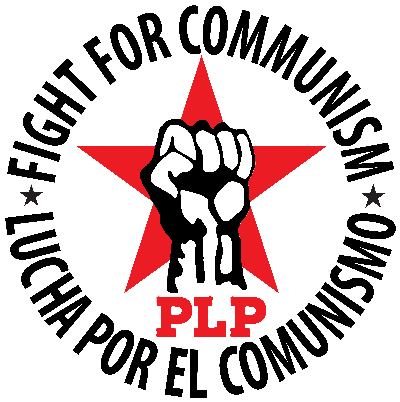One hundred years ago, August to September 1921, the world witnessed the largest armed rebellion of workers in U.S. history since the Civil War: the Battle of Blair Mountain. It was a great example of multiracial unity between Black and white miners.
Ten thousand armed coal miners marched from Charleston, West Virginia, 70 miles south to Blair Mountain, Logan County, West Virginia, to destroy the unjust system that had taken their health, their homes, and many of their lives. During the battle, striking white workers, partly inspired by the new workers’ state, the Soviet Union, joined with Black and immigrant workers. While the immigrant workers were originally sent to break the strike. The multiracial miners foiled the bosses plans by organizing these workers and turning the strike into a worker’s army.
The U.S. bosses, determined to crush armed insurrection, deployed bombers armed with gas and bombs left over from World War I, some of which were captured by the workers’ army. The workers faced the U.S. army, 3,000 local deputies, police, gunmen and the State Militia.
This march was the miners' immediate reaction to the August 21, 1921, murder of two of their own by the coal bosses' hired gunmen on the steps of the McDowell County courthouse. These killings had followed years of unionizing attempts and guerrilla warfare in the West Virginia coal fields the previous winter.
Within 72 hours, 7,000 armed miners assembled outside Charleston and told the State government that they were going to “open up” Logan County for unionization and “blow it away.” On August 24, the miners' multiracial army, white and Black, citizen and immigrant, began the 70-mile march to Logan.
As the miners made their way from town to town, their ranks swelled.” By the time they reached Blair Mountain, they were 10,000 strong. The miners were a “fully-trained, highly disciplined army ... All the officers were World War I veterans ...
They taught the miners troop movements [and] flank formations. They formed squadrons.
The original...rednecks’
The white workers, indicating their pro-working class politics over the bosses’ racism, wore red bandanas around their necks, earning the insult “redneck” by the capitalist media (Appalachian Magazine, 5/23/16).
In the bosses’ attempts to rewrite history and erase multiracial unity , it was after Blair Mountain that the “redneck” term became, in dictionaries and media, obscured and synonymous with “cracker” (originally, a child of a convict) and “hillbilly” (originally, extremely poor, often interracial, whites living in the Appalachian mountains and outside the norms of southern society).
This multiracial workers' army were the original “rednecks.” Perhaps in the future we should refer to racists in the South the same way we describe them anywhere in the world, simply as “racists.”
Matewan
The events that led up to the outbreak of this strike and the battle are depicted in the 1987 film “Matewan.” The film shows the miners fighting the bosses’ goons from the Baldwin-Felts detective agency and killing some of them.
But the main strength of the film is its realistic depiction of the militant multi-racial unity of the miners.
The key political struggle Kenehan [union organizer]wages in the first part of the movie is the one against racism. He attacks the racism of some of the miners and calls for organizing the Black and Italian workers into the union. ‘Few Clothes’ John, leader of the Black miners, also has an anti-racist position. There is a great showdown at the mine entrance, under the guns of the company thugs, as the miners stand all together, Blacks, white, and Italian. They march and sign ‘Avanti Popolo’(CHALLENGE, 10/21/87).
The miners lose in the end, as they did in real life. They have no communist party to build for a revolutionary overthrow of the bosses. In the film as in reality the bosses, the goons, and the courts defeat the miners in the end.
Progressive Labor Party (PLP) fights to be the heir of this legacy of multiracial unity. With the sharpening attacks on the international working class and growing threat of all out inter-imperialist wars looming, our understanding of history is more important than ever as workers from every part of the working class seek out answers that only a new international communist movement can provide.J
The quotes in this article are drawn from a video production of West Virginia Public Broadcasting, entitled Even the Heavens Weep—The West Virginia Mine Wars.
- Information
100th Anniversary of the Battle of Blair Mountain: Multiracial unity must march on
- Information
- 24 September 2021 580 hits

